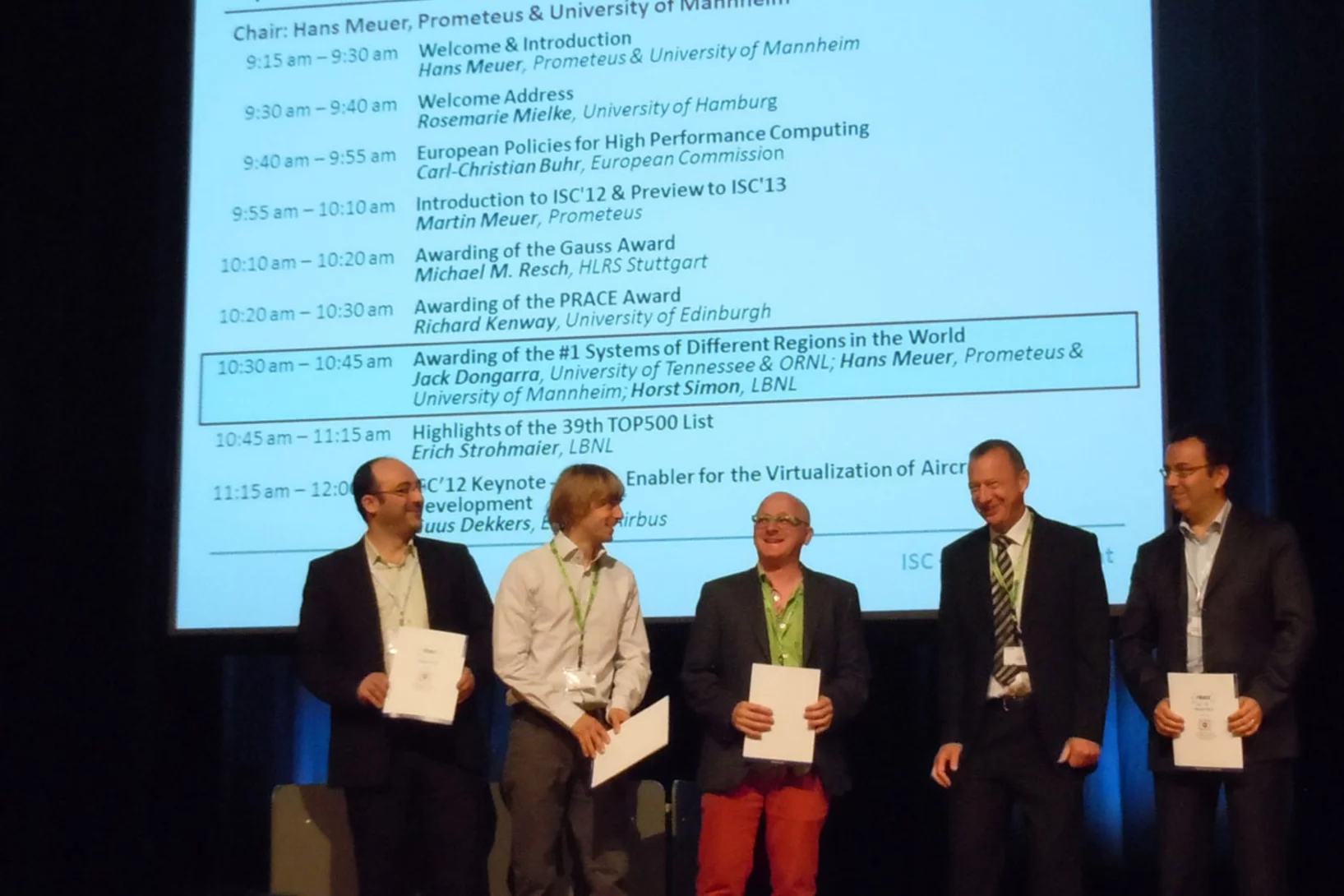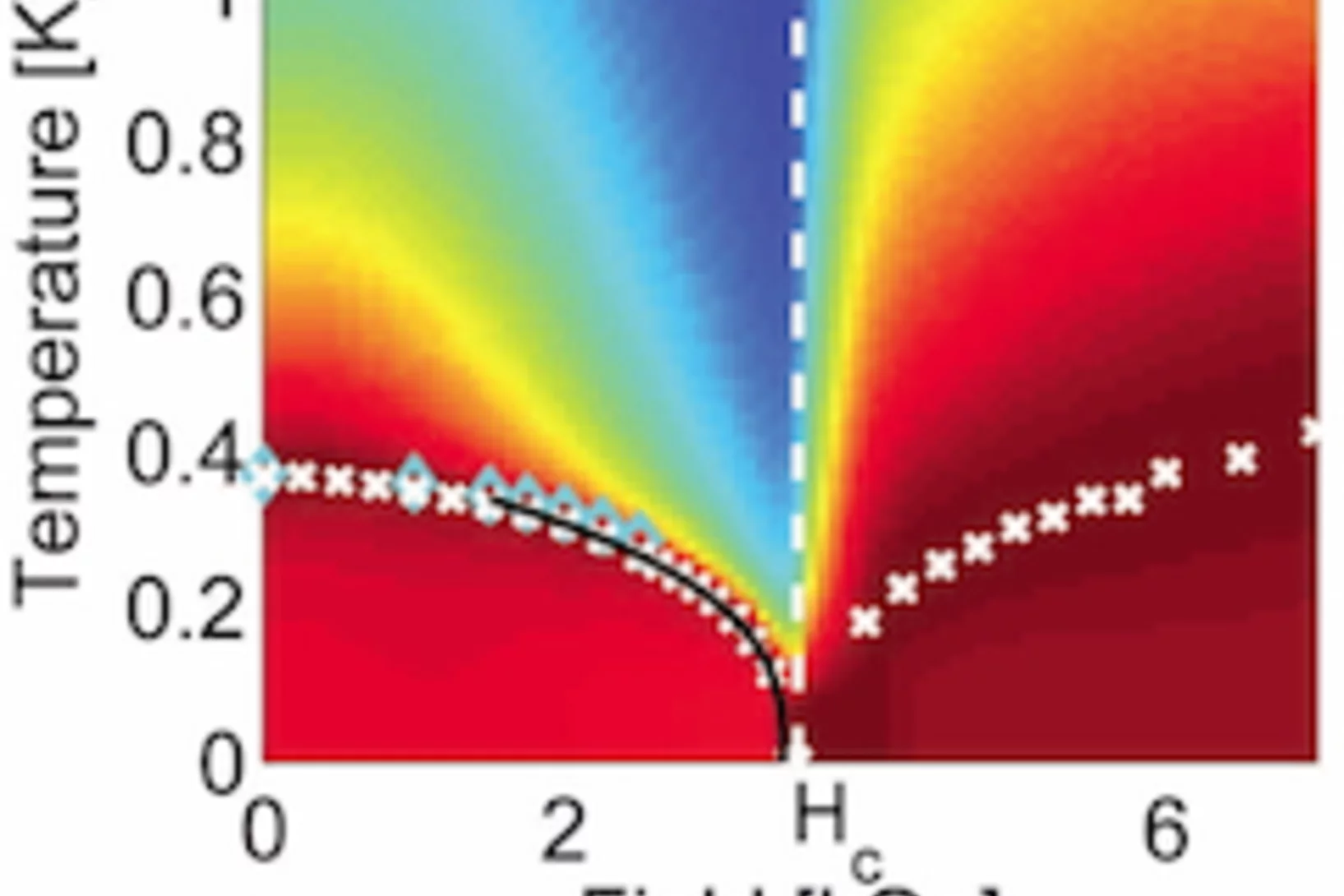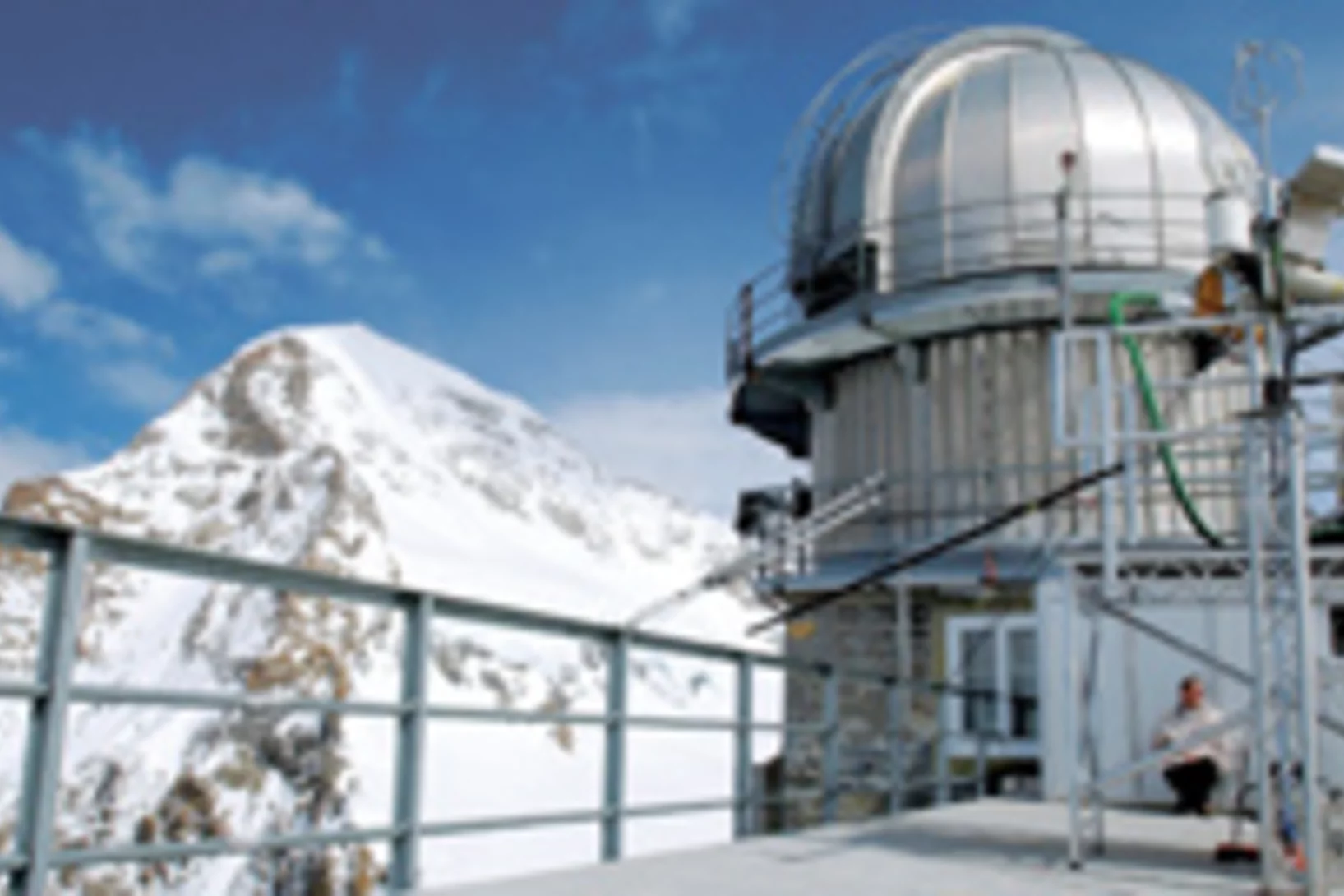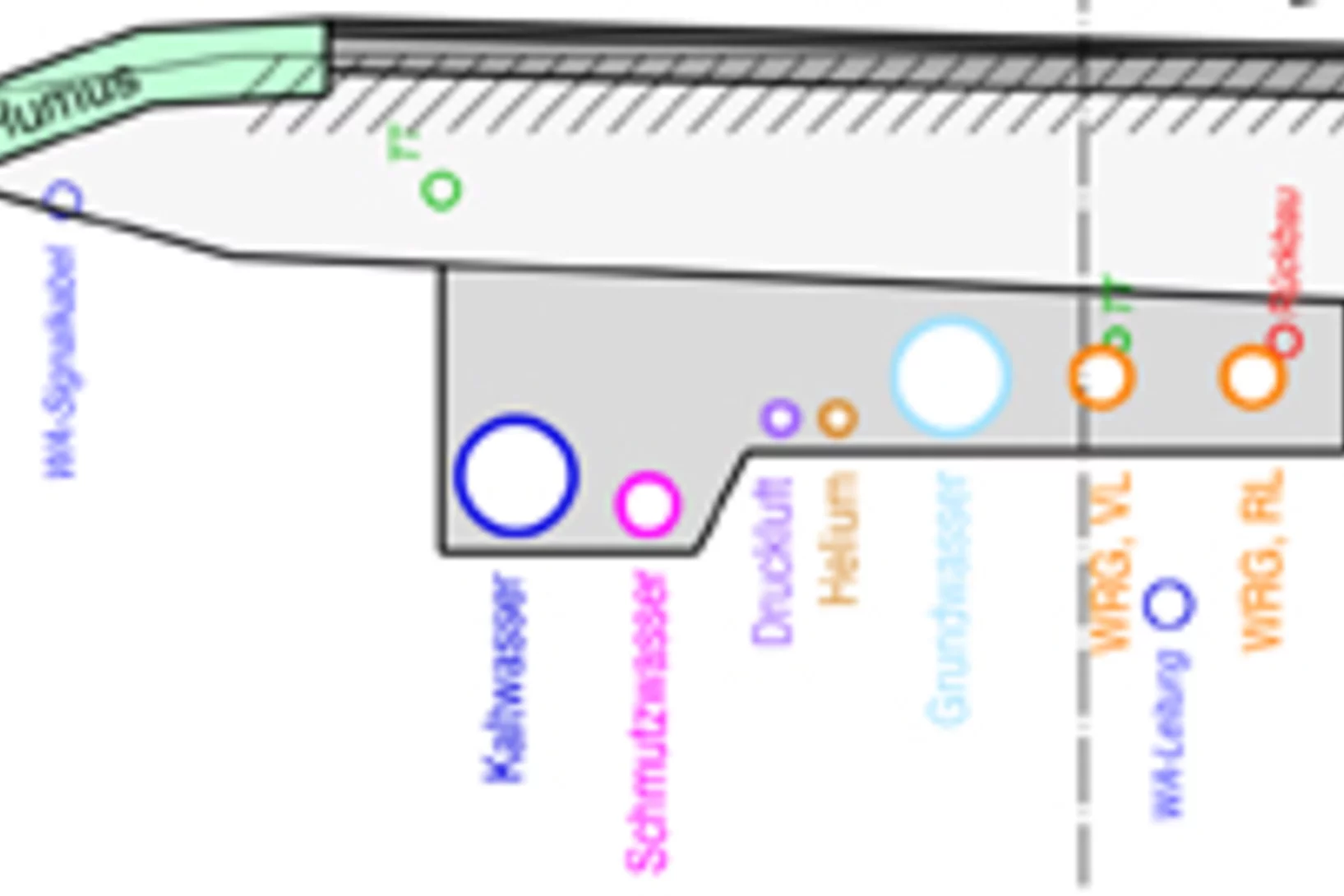Shifting away from nuclear energy, expanding solar and wind power, generating energy from biomass, reducing energy consumption. Switzerland is committed to becoming climate-neutral by 2050. An ambitious goal, which has become more urgent than ever due to the increasingly challenging geopolitical situation. How can a sustainable and resilient energy supply for Switzerland be established over the coming years? What's the optimal way to use renewable energy sources? What new technologies are especially promising? At PSI, researchers are seeking answers to these crucial questions.
The evolutionary origins of our pretty smile
Until recently, it was not obvious whether the earliest vertebrates (animals with a backbone) which had jawbones already possessed teeth or not. Now, an international research team has shown that the jaws of the prehistoric fish Compagopiscis already had teeth. This means that teeth appeared at the same evolutionary time as jaws à or at least shortly afterwards. The leaders of this project were scientists from the University of Bristol, England, who carried out their decisive experiments at the SLS at PSI.
X-rays provide insights into volcanic processes
Experiments performed at the Paul Scherrer Institute (PSI) investigate processes inside volcanic materials that determine whether a volcano will erupt violently or mildly.
X-rays provide insights into volcanic processes
Experiments performed at the Paul Scherrer Institute (PSI) investigate processes inside volcanic materials that determine whether a volcano will erupt violently or mildly. In the experiments, scientists heated small pieces of volcanic material similarly to conditions present at the beginning of a volcanic eruption. They used X-rays from the SLS to observe, in real time, what happens to the rock as it goes from the solid to the molten state.
Nobelpreiswürdig: G-Protein-gekoppelte Rezeptoren
Der Nobelpreis für Chemie geht in diesem Jahr an Robert J. Lefkowitz und Brian K. Kobilka. Sie haben herausgefunden, wie eine Familie von Rezeptoren funktioniert, die man G-Protein-gekoppelte Rezeptoren (GPCR) nennt. Auch am PSI leisten Wissenschaftler Beiträge auf diesem Forschungsgebiet.This news release is only available in German.
Silicon – Close to the Breaking Point
Stretching a layer of silicon can lead to internal mechanical strain which can considerably improve the electronic properties of the material. Researchers at the Paul Scherrer Institute and the ETH Zurich have created a new process from a layer of silicon to fabricate extremely highly strained nanowires in a silicon substrate. The researchers report the highest-ever mechanical stress obtained in a material that can serve as the basis for electronic components. The long term goal aim is to produce high-performance and low-power transistors for microprocessors based on such wires.
Built-in Germanium Lasers could make Computer Chips faster
Paul Scherrer Institute (PSI) researchers have investigated the mechanisms necessary for enabling the semiconductor Germanium to emit laser light. As a laser material, Germanium together with Silicon could form the basis for innovative computer chips in which information would be transferred partially in the form of light. This technology would revolutionise data streaming within chips and give a boost to the performance of electronics.
New Insights into Superconducting Materials
A new X-ray technique provides insights into the magnetic properties of atomically thin layers of a parent compound of a high-temperature superconductor. It turns out that the magnetic properties of material films which are only a few atoms thick differ by only a surprisingly small degree from those of macroscopically thick samples. In the future, this method can be used to study the processes occurring in very thin layers of superconductors and help us to understand this intriguing phenomenon.
Erschliessungsarbeiten für den SwissFEL starten
Am 3. September 2012 starten die Erschliessungsarbeiten zur neuen Grossforschungsanlage SwissFEL des Paul Scherrer Instituts. Mit ihnen wird die für den SwissFEL notwendige Anbindung an die vorhandene PSI-Infrastruktur hergestellt.This news release is only available in German.
New Insights into Superconducting Materials
An American-Swiss research team has used a new X-ray technique at Swiss Light Source (SLS) of the Paul Scherrer Institute (PSI) to investigate the magnetic properties of atomically thin layers of a parent compound of a high-temperature superconductor. It turns out that the magnetic properties of such thin films differ by only a surprisingly small degree from those of macroscopically thick samples.
Power-Law Spin Correlations in the Pyrochlore Antiferromagnet Tb2Ti2O7
Spin correlations with power-law decay are usually associated with a critical point, but stable phases with power-law correlations may exist in frustrated magnets. Such phases are interesting, because they represent model materials where short-range interactions and local constraints lead to emergent symmetries and fractional quasiparticles.
ERC Grant for the development of a new imaging method with high potential clinical impact
Marco Stampanoni, Assistant Professor for X-ray microscopy at the ETH Zürich and Head of the 'X-ray Tomography Group' of the SLS has been recently awarded one of the coveted European Research Council (ERC) Starting Grant for the project PhaseX: 'Phase contrast X-ray imaging for medicine'. Marco Stampanoni's project will be supported by the ERC with 1.5 million euros for the next 5 years. The highly competitive ERC Starting Grants are reserved for outstanding young research talents.
Two types of adjacent dimer layers in the low temperature phase of BaCuSi2O6
The interest in BaCuSi2O6 is motivated by its extraordinary phase diagram with field-induced Bose-Einstein condensation. Being a quantum paramagnet at zero magnetic field down to the lowest temperatures, the system displays a quantum phase transition into a magnetically ordered state at the critical value of magnetic field of ~23.5 T.
Three-Dimensional Electron Realm in Crystalline Solids Revealed with Soft-X-Rays
The electronic band structure E(k) as energy E of the electrons depending on its wavevector k is the cornerstone concept of the quantum solid state theory. The main experimental method to investigate E(k) is the angle-resolved photoelectron spectroscopy (ARPES). However, a small photoelectron escape depth of a few Å largely restricts the applications of ARPES to two-dimensonal crystals.
Laser-Induced Forward Transfer for the Fabrication of Devices
In conjunction with the increasing availability of cost-efficient laser units during the recent years, laser-based micromachining techniques have been developed as an indispensable industrial instrument of ‘‘tool-free’’ high-precision manufacturing techniques for the production of miniaturized devices made of nearly every type of materials. Laser cutting and drilling, as well as surface etching, have grown meanwhile to mature standard methods in laser micromachining applications where a well-defined laser beam is used to remove material by laser ablation. As an accurately triggerable nonmechanical tool, the ablating laser beam directly allows a subtractive direct-write engraving of precise microscopic structure patterns on surfaces, such as microchannels, grooves, and well arrays, as well as for security features. Therefore, laser direct-write (LDW) techniques imply originally a controlled material ablation to create a patterned surface with spatially resolved three-dimensional structures, and gained importance as an alternative to complementary photolithographic wet-etch processes. However, with more extended setups, LDW techniques can also be utilized to deposit laterally resolved micropatterns on surfaces, which allows, in a general sense, for the laser-assisted ‘‘printing’’ of materials.
Supported gold as catalyst for the decomposition of ammonia precursors in the selective catalytic reduction of NOx
Titanium dioxide-supported gold was found to catalyze the hydrolysis of formate-based ammonia precursor compounds which are proposed for the selective catalytic reduction of nitrogen oxides (NOx) in combustion exhaust gas. In contrast to other noble metals, the supported gold does not oxidize the released NH3, while it maintains decomposition of intermediate formic acid.
Supported gold as catalyst for the decomposition of ammonia precursors in the selective catalytic reduction of NOx
Titaniumdioxide supported gold was found to catalyze the hydrolysis of formate-based ammonia precursor compounds which are proposed for the selective catalytic reduction of nitrogen oxides (NOx) in combustion exhaust gas. In contrast to other noble metals, the supported gold does not oxidize the released NH3, while it maintains decomposition of intermediate formic acid.
Ultra-short X-ray laser pulses precisely surveyed for the first time
X-ray lasers belong to a modern generation of light sources from which scientists in widely different disciplines expect to obtain new knowledge about the structure and function of materials at the atomic level. On the basis of this new knowledge, it could then be possible one day to develop better medicines, more powerful computers or more efficient catalysts for energy transformation.
Ultra-short X-ray laser pulses precisely surveyed for the first time
X-ray lasers are modern light sources from which scientists expect to obtain new knowledge about the structure and function of materials at the atomic level. The scientific value of an X-ray laser stands or falls on the quality of the ultra-short X-ray pulses it produces and which researchers use to illuminate their samples. An international team led by scientists from the Paul Scherer Institute, PSI, has now precisely measured these pulses
Distribution of soot particles in particulate filters of diesel vehicles seen for the first time
Diesel motor vehicles have to be equipped with soot particulate filters, so the harmful soot and ash cannot get into the environment. Whilst these operate according to appropriate standards, up until now, the details about the distribution of soot and ash inside these filters has been unknown. Now, thanks to the special examination techniques of the Paul Scherrer Institute [PSI], the actual filter loads have been seen for the first time.
Observation of a New Particle with a Mass of 125 GeV
In a joint seminar today at CERN and the ICHEP 2012 conference in Melbourne, researchers of the Compact Muon Solenoid (CMS) experiment at the Large Hadron Collider (LHC) presented their preliminary results on the search for the standard model (SM) Higgs boson in their data recorded up to June 2012.
Tunable conductivity threshold at polar oxide interfaces
The physical mechanisms responsible for the formation of a two-dimensional electron gas at the interface between insulating SrTiO3 and LaAlO3 have remained a contentious subject since its discovery in 2004. Opinion is divided between an intrinsic mechanism involving the build-up of an internal electric potential due to the polar discontinuity at the interface between SrTiO3 and LaAlO3, and extrinsic mechanisms attributed to structural imperfections.
Controversy clarified: Why two insulators together can transport electricity
How can two materials which do not conduct electricity create an electrically conducting layer when they are joined together? Since this effect was discovered in 2004, researchers have developed various hypotheses to answer this question – each with its own advocates, who defend it and try to prove its validity. Now, an international team under the leadership of researchers at the Paul Scherrer Institute has probably settled the controversy.
Controversy clarified: Why two insulators together can transport electricity
How can two materials which do not conduct electricity create an electrically conducting layer when they are joined together? Since this effect was discovered in 2004, researchers have developed various hypotheses to answer this question. Now, an international team under the leadership of researchers at the Paul Scherrer Institute has probably settled the controversy.
Sequential printing by laser-induced forward transfer to fabricate a polymer light-emitting diode pixel
Patterned deposition of polymer light-emitting diode (PLED) pixels is a challenge for electronic display applications. PLEDs have additional problems requiring solvent orthogonality of different materials in adjacent layers. We present the fabrication of a PLED pixel by the sequential deposition of two different layers with laser-induced forward transfer (LIFT), a “dry” deposition technique. This novel use of LIFT has been compared to “normal” LIFT, where all the layers are transferred in a single step, and a conventional PLED fabrication process.
Laser-Induced Forward Transfer for the Fabrication of Devices
X-ray near edge absorption spectroscopy was used to probe the electronic structure of multiferroic orthorhombic LuMnO3 polycrystalline samples and strained, twin-free orthorhombic (1–10) LuMnO3 films grown by pulsed laser deposition on (1–10) YAlO3 substrates. For all o-LuMnO3 samples x-ray near edge absorption spectroscopy spectra reveal that the pre-edge structure is influenced by the increase in MnO6 distortion as a result of the smaller Re-ion or film strain. Furthermore there is clear evidence of anisotropic Mn-O bonding and Mn orbital ordering along the c- and [110] direction. The experimental film and bulk data are in agreement with ab initio simulations.
ETH Zurich, IBM and Paul Scherrer Institut Researchers receive 2012 PRACE Award
The MEGAWatt Pilot Experiment was operated for neutron generation with the PSI high intensity proton beam in 2006. The experiment utilized liquid target material, a lead bismuth eutectic. This marked a major milestone towards Accelerator Driven Systems (ADS), which are intended to be used for the incineration of nuclear waste.
Dipolar Antiferromagnetism and Quantum Criticality in LiErF4
Magnetism has been predicted to occur in systems in which dipolar interactions dominate exchange. We present neutron scattering, specific heat, and magnetic susceptibility data for LiErF4, establishing it as a model dipolar-coupled antiferromagnet with planar spin-anisotropy and a quantum phase transition in applied field Hc|| = 4.0 ± 0.1 kilo-oersteds.
Top Science at the Top of Europe
Das PSI ist in der Jubiläumsausstellung auf dem Jungfraujoch prominent vertreten75 Jahre Sphinx-Observatoirum und 100 Jahre Jungfraubahnen: Dies ist der Anlass für eine Ausstellung der internationalen Stiftung Hochalpine Forschungsstationen Jungfraujoch und Gornergrat, die im Frühjahr eröffnet wurde.This news release is only available in German.
Baugesuch zu Erschliessungsarbeiten für den SwissFEL eingereicht
Das Paul Scherrer Institut hat am 5. Juni 2012 bei der Gemeinde Würenlingen sein Baugesuch für die Erschliessungsarbeiten zur neuen Grossforschungsanlage SwissFEL eingereicht. Die Ausführung der Erschliessungsarbeiten ist für den Zeitraum August 2012 bis Januar 2013 geplant.This news release is only available in German.
Baugespanne im Würenlinger Wald
Wer in den nächsten Monaten über den Oberen Priorhölzliweg spazierengeht und aufmerksam in den Wald späht, der kann sie entdecken: Das PSI reicht in der zweiten Juniwoche bei der Gemeinde Würenlingen offiziell das Baugesuch für seine neue Grossforschungsanlage SwissFEL ein und hat dafür - wie es für alle Baugesuche üblich ist à auch das zugehörige Baugespann aufstellen lassen.This news release is only available in German.

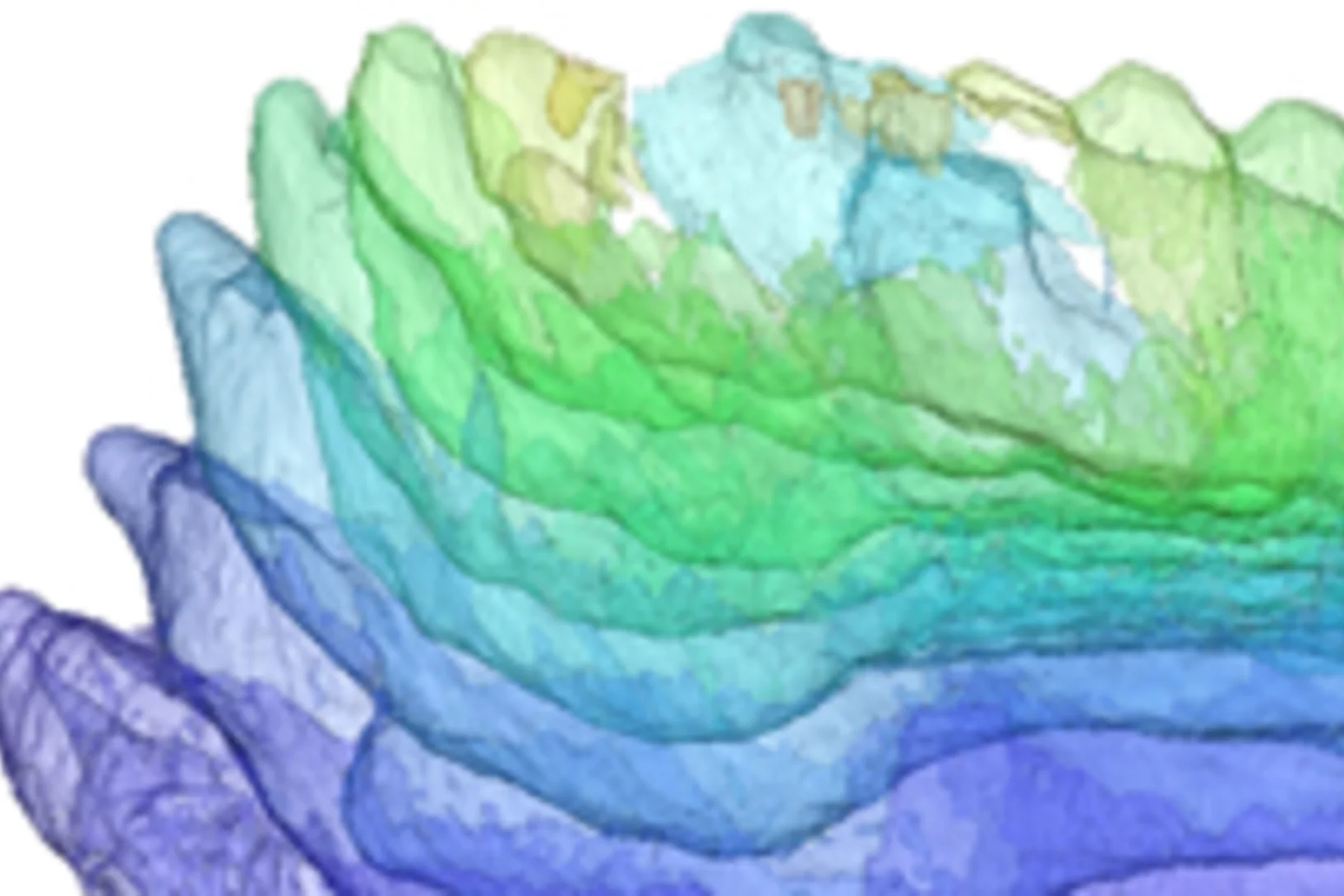
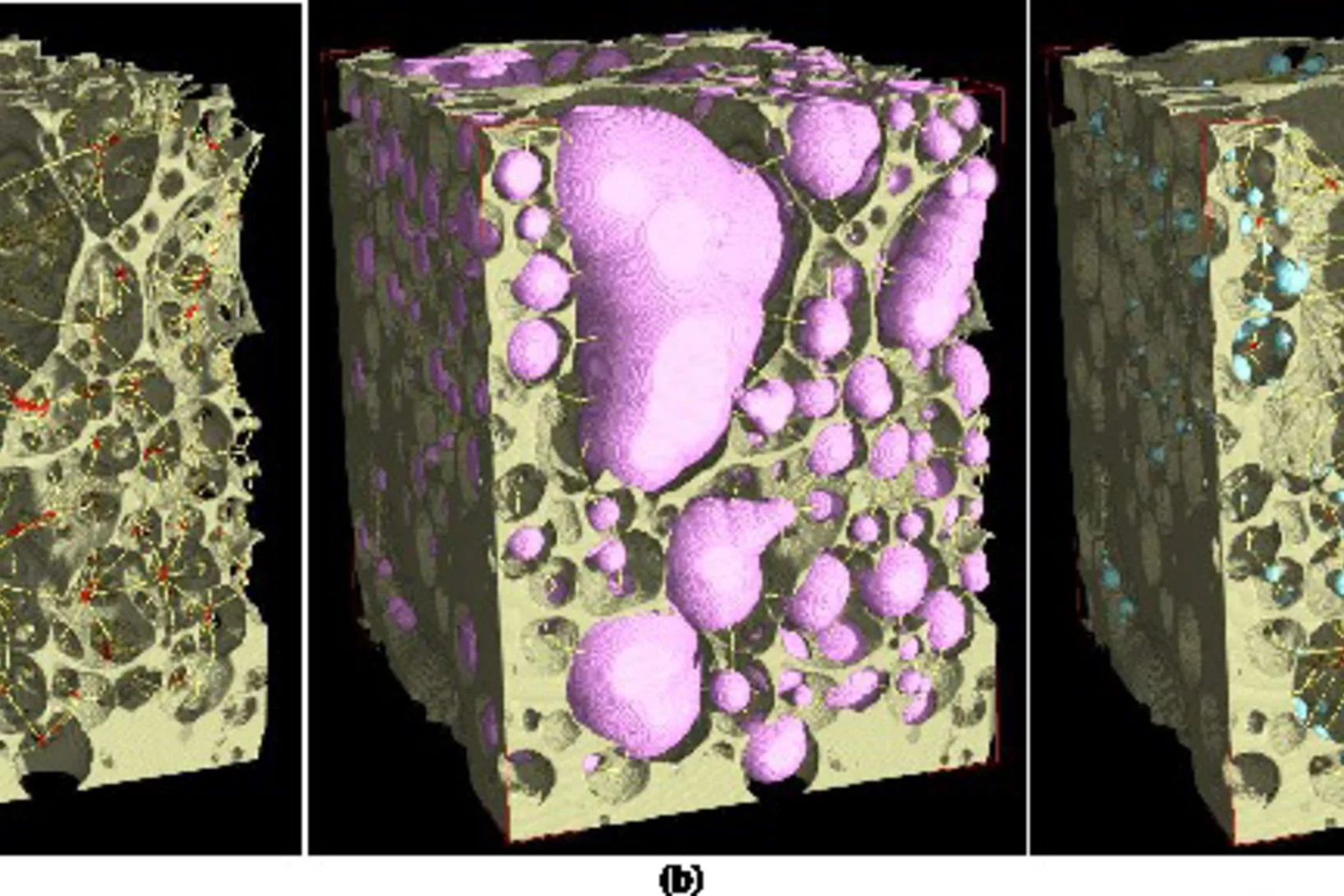
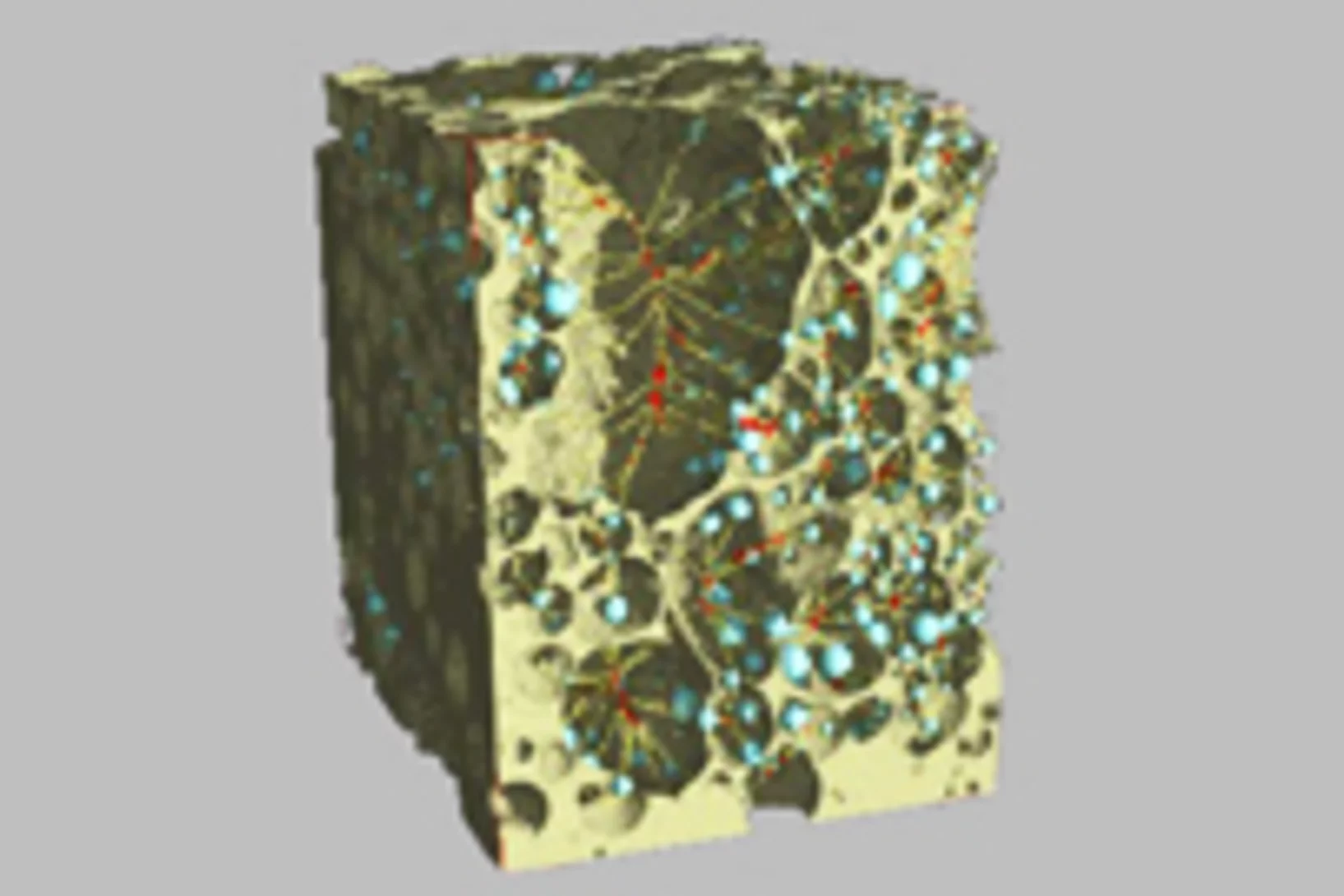
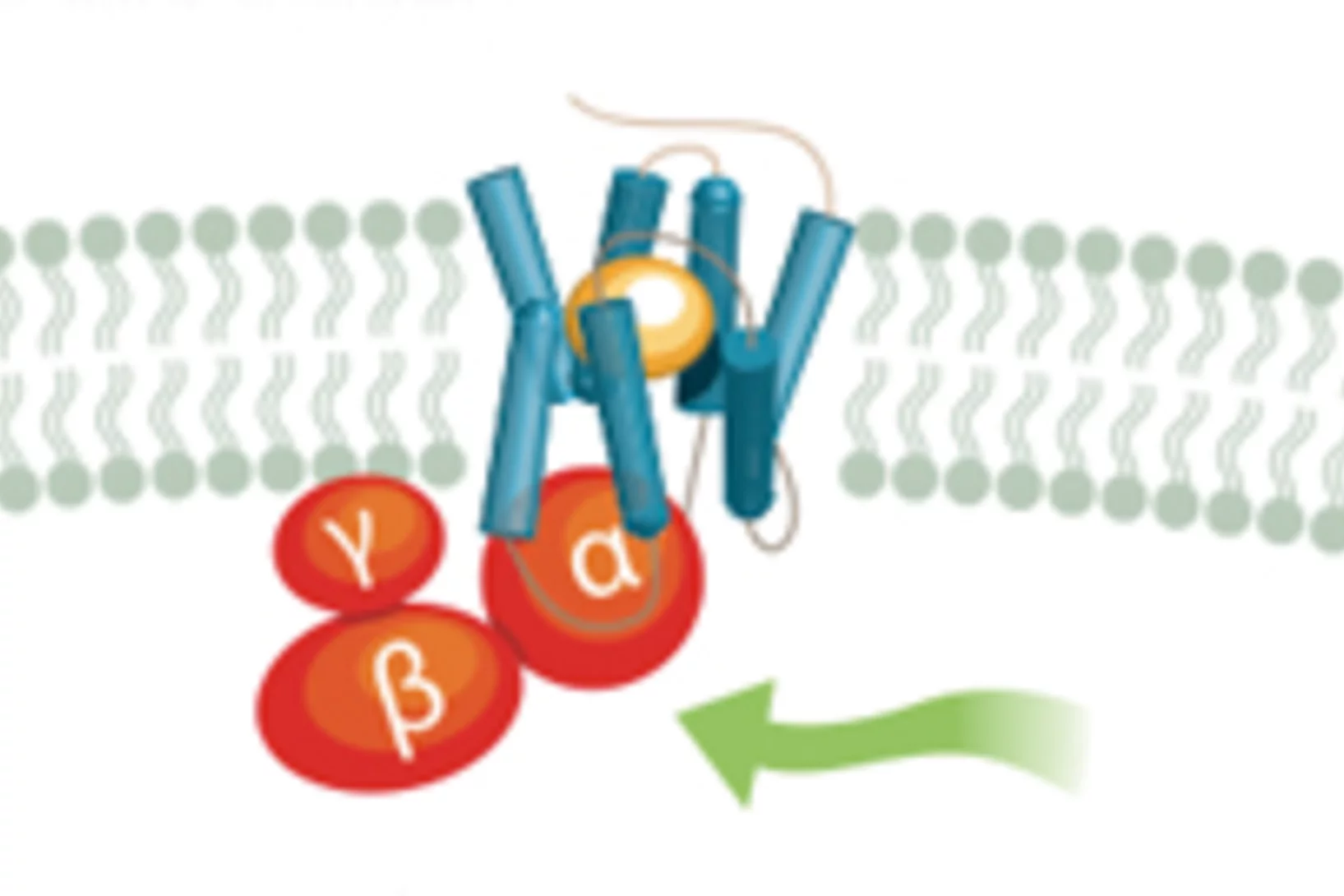
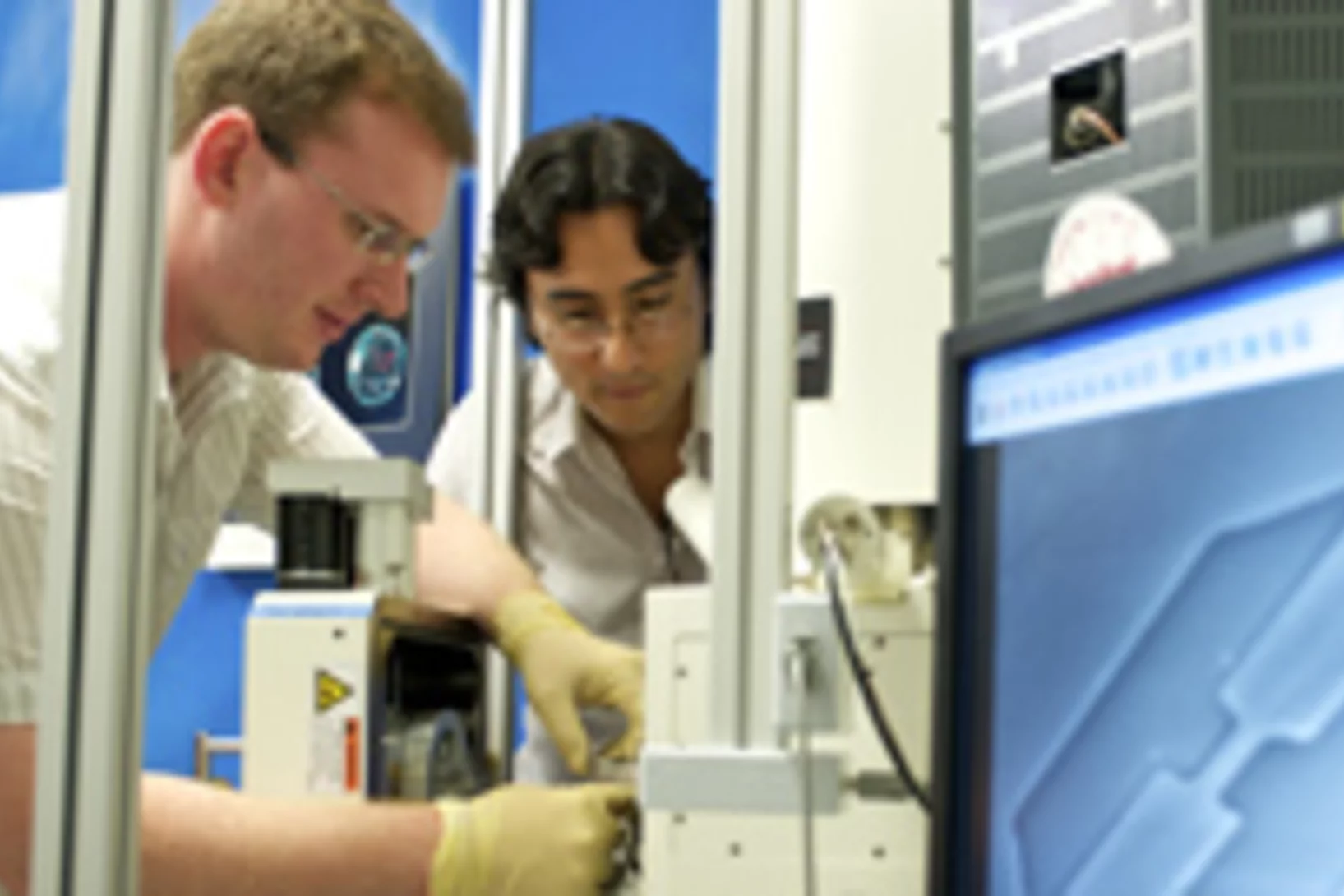
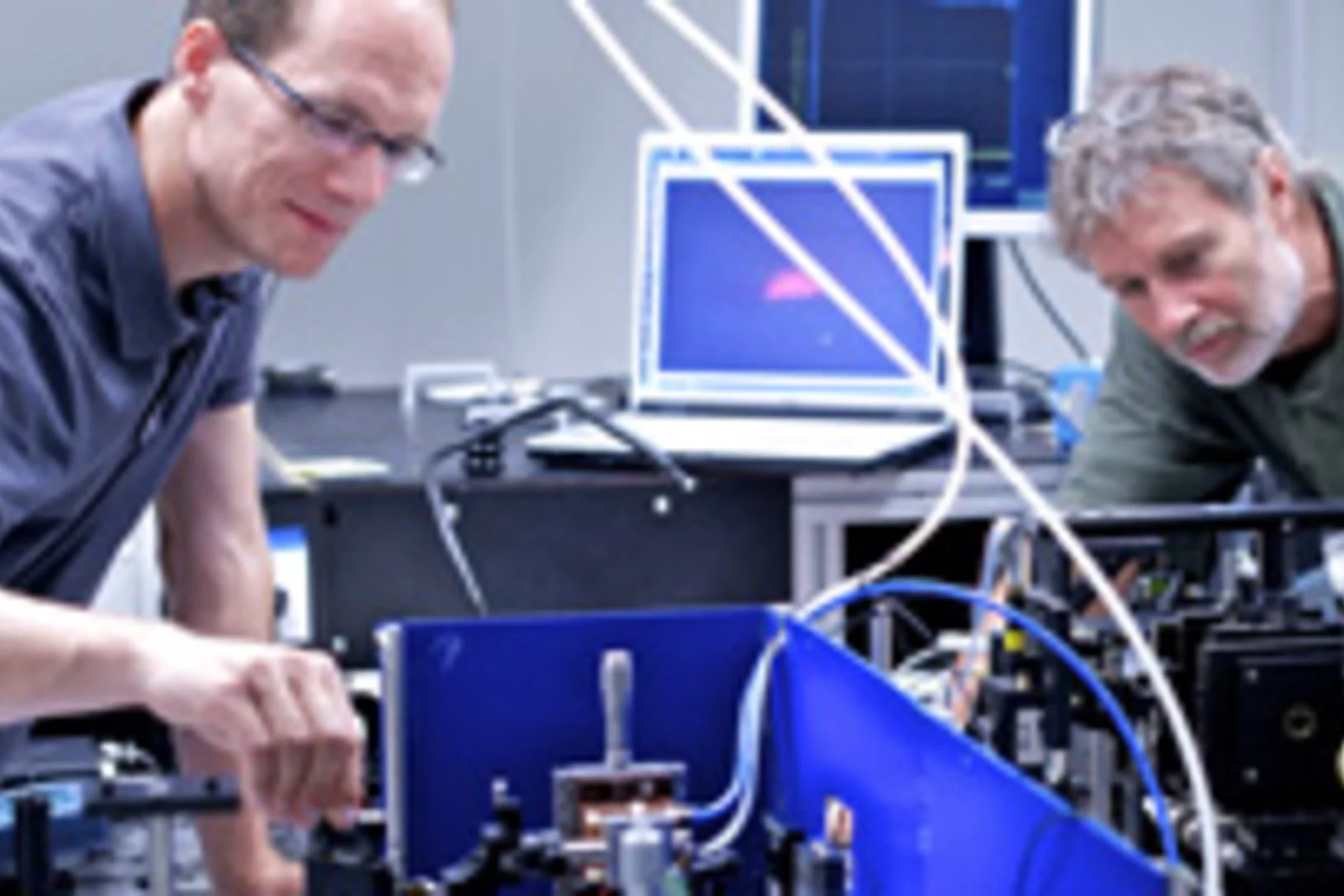


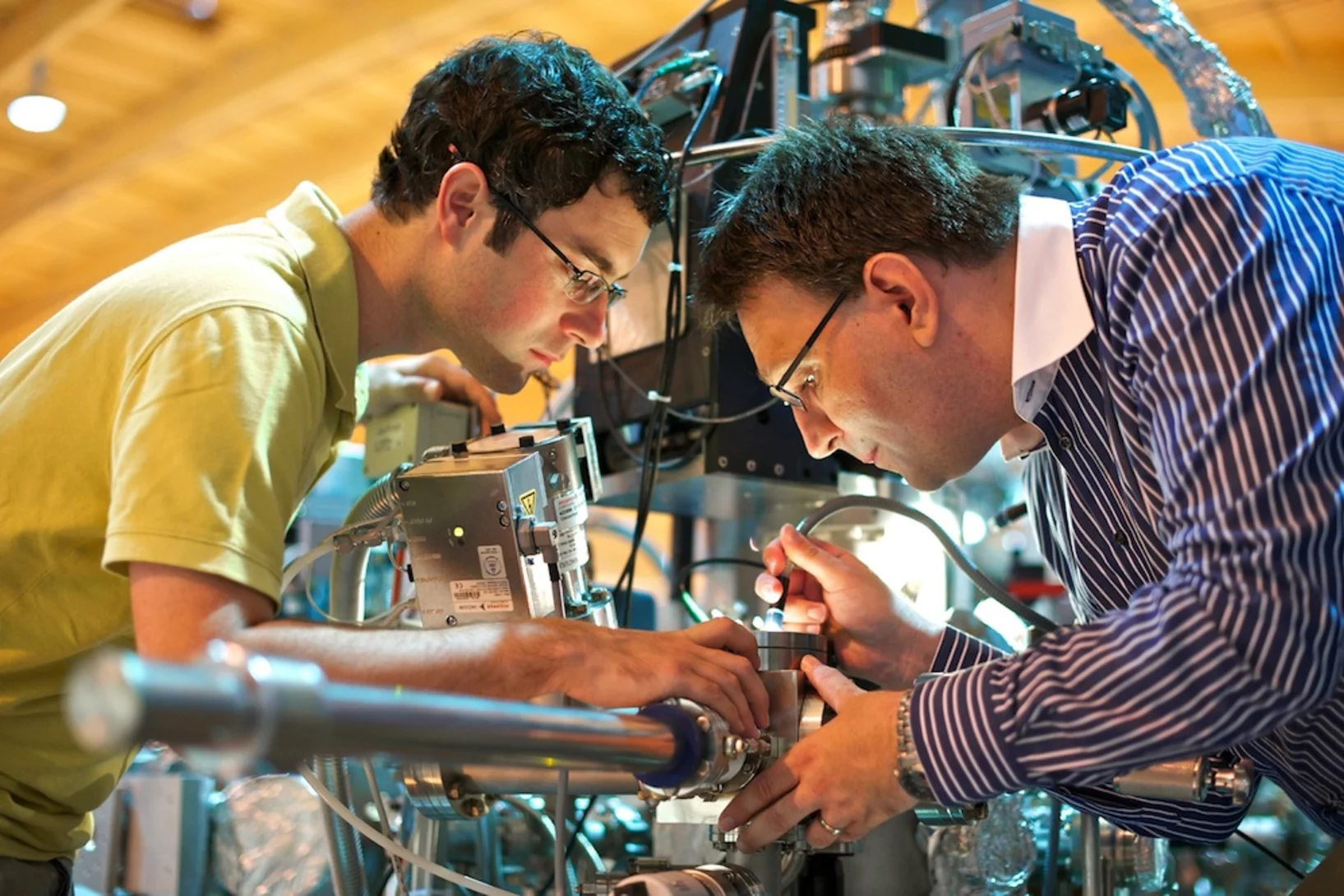
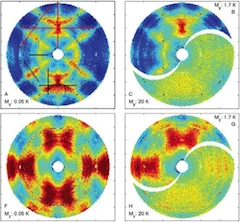
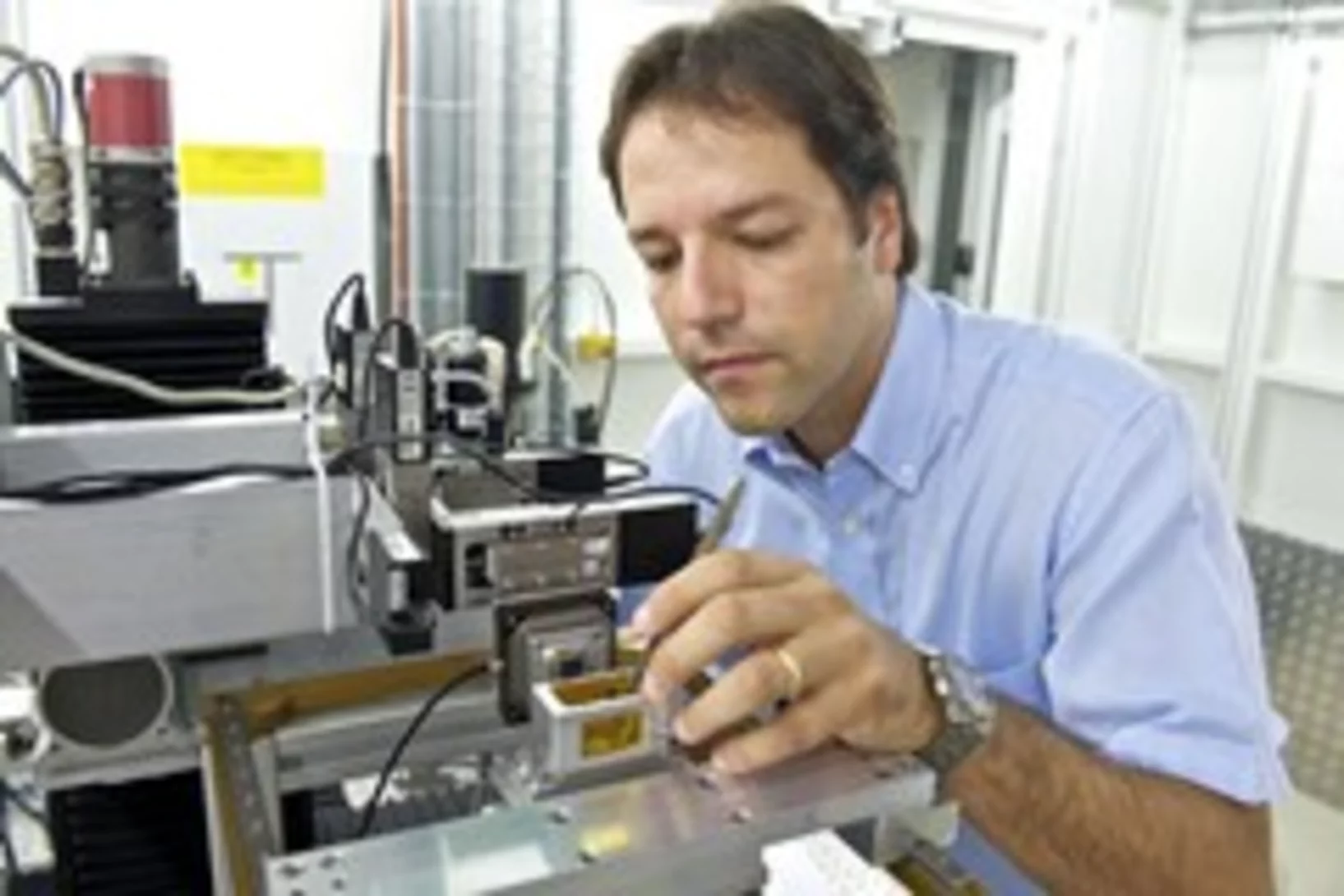
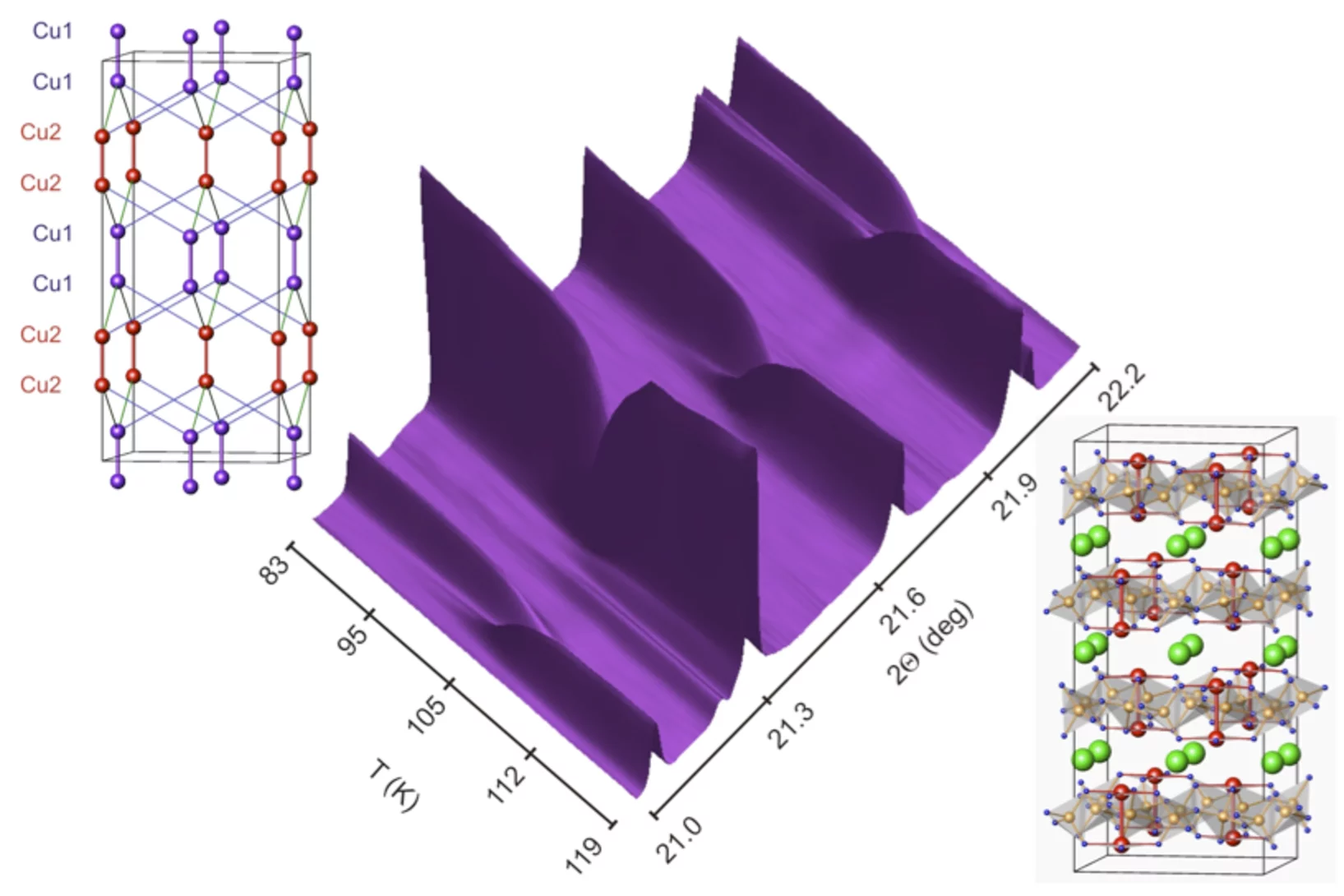

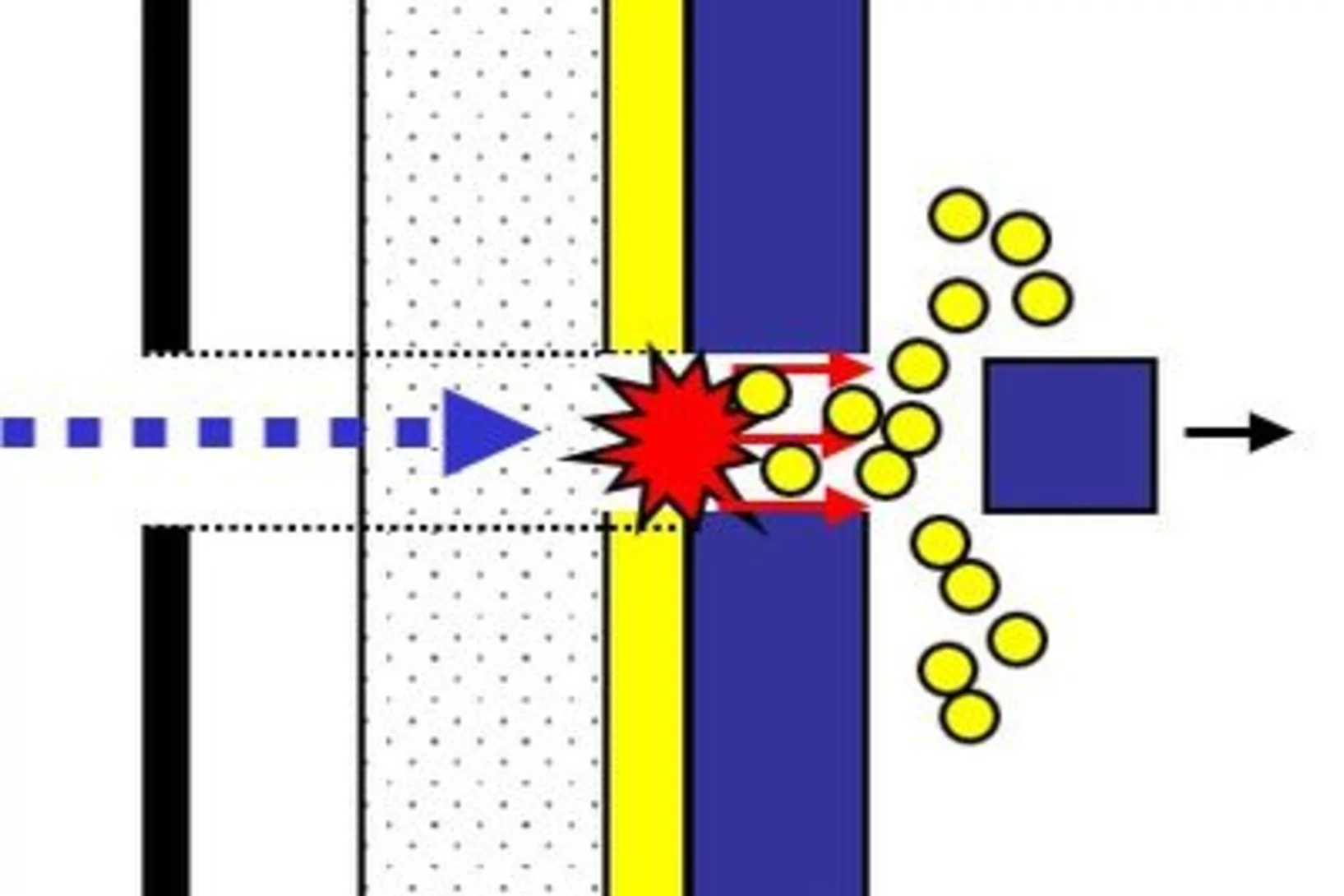
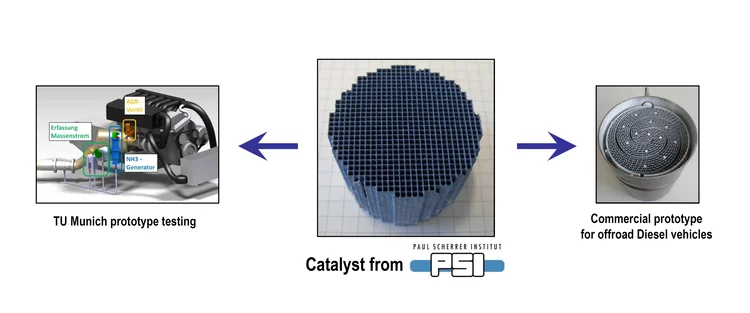
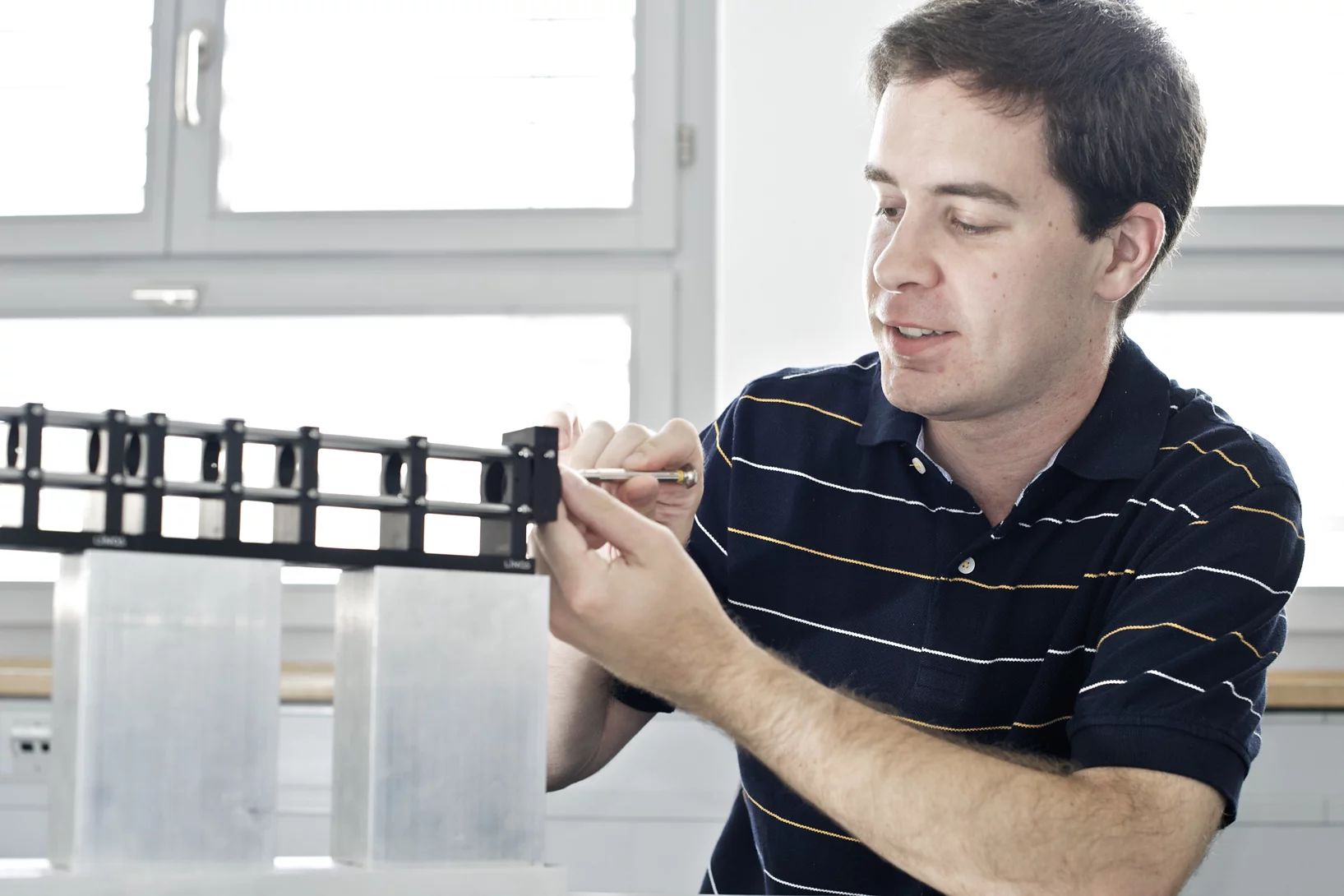

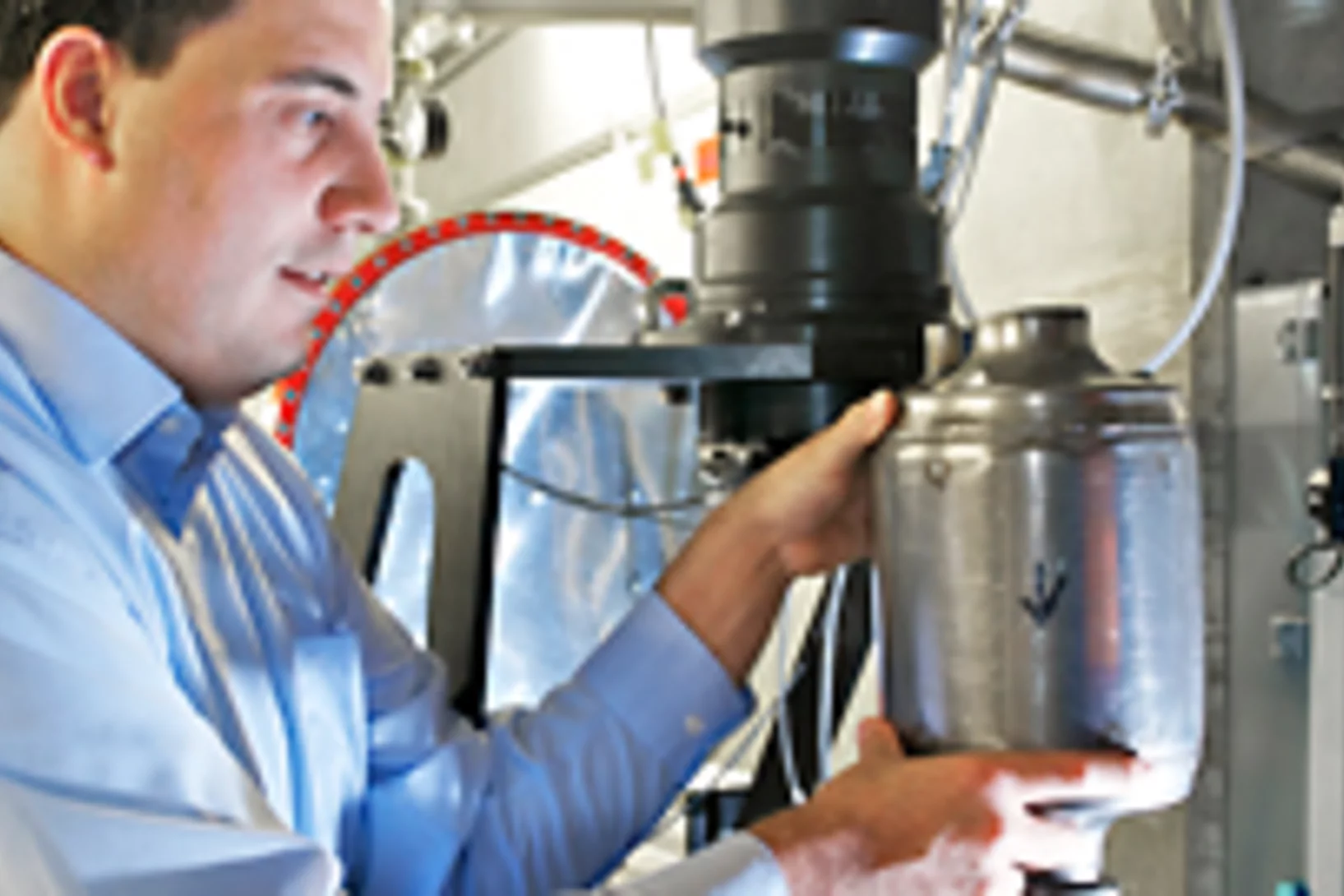
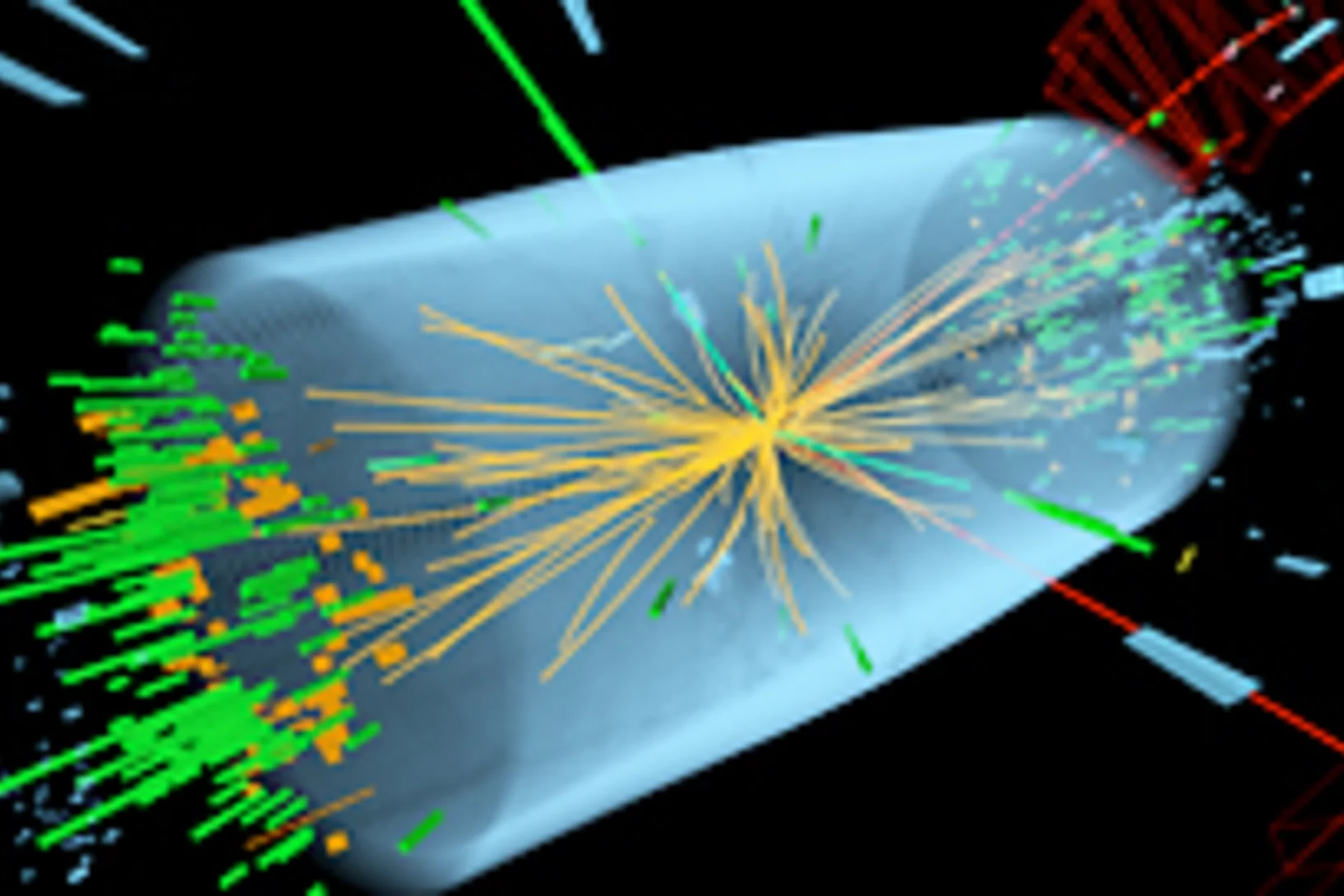
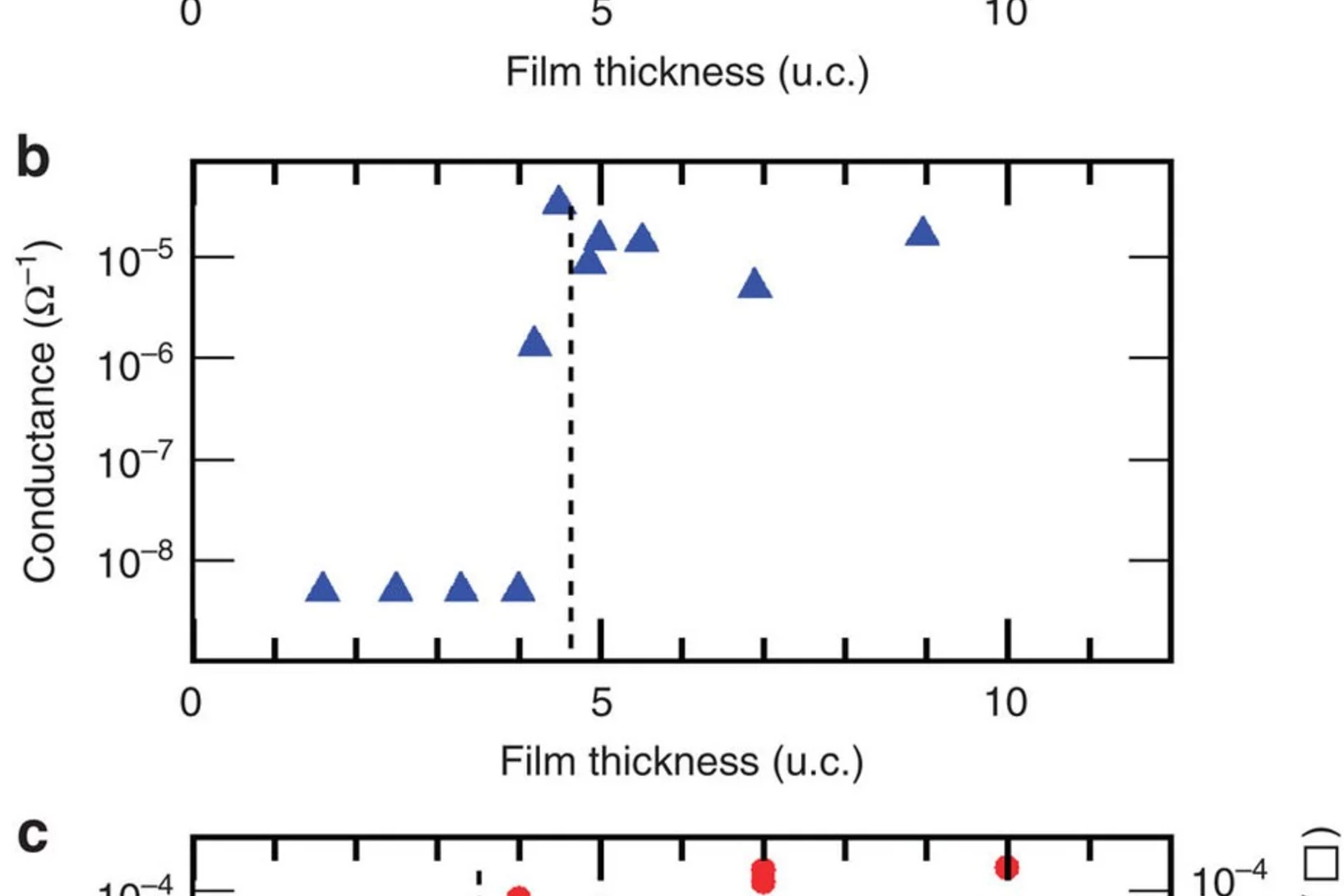


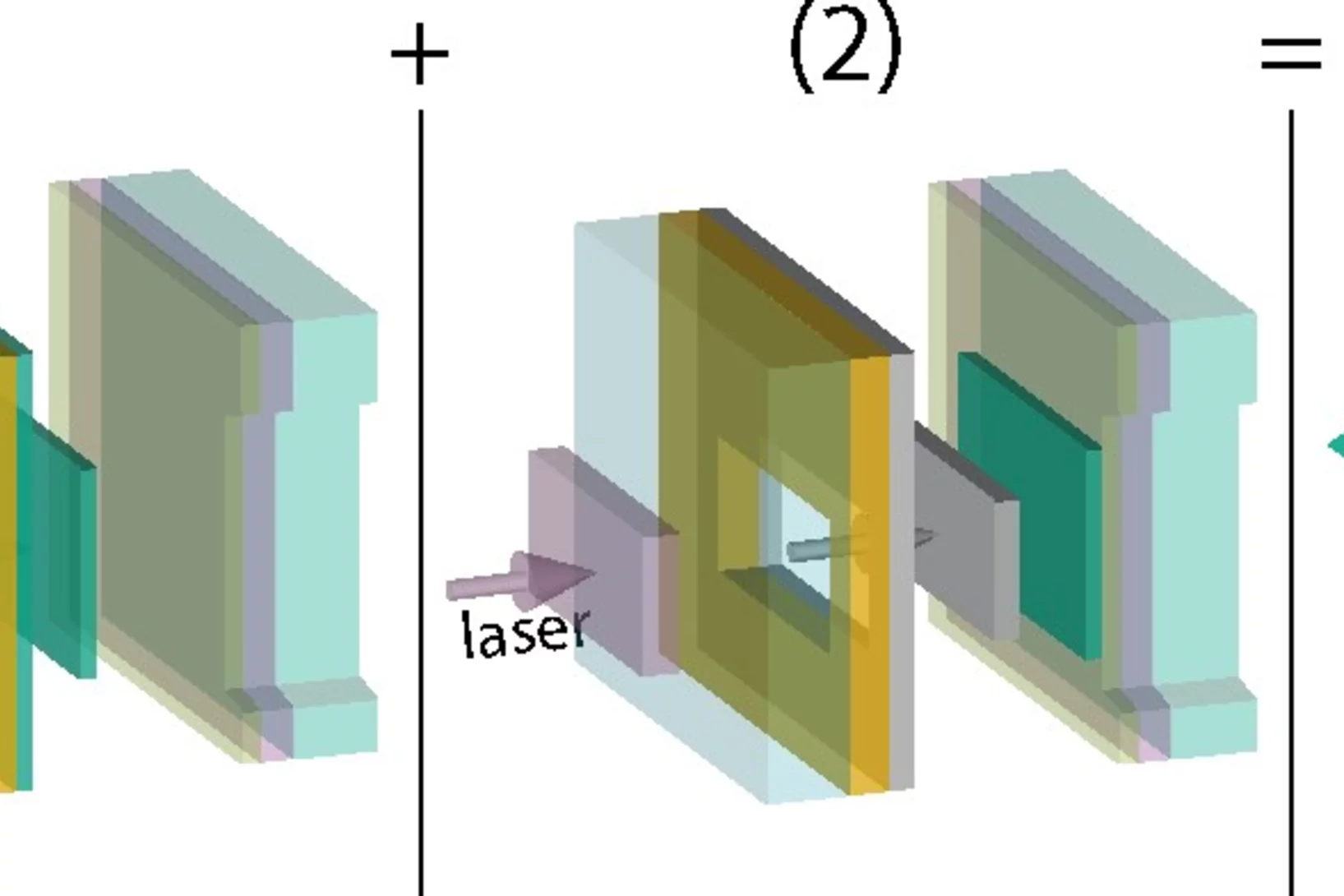
![(a) Mn K-edge XANES spectra of the ∼60 nm o-LMO epitaxial film were measured at room temperature for polarizations E || [110] and E || [001]. The inset shows the magnified pre-edge features. (b) FEFF simulations using the crystallographic data of the bulk o-LMO sample for E || [110] and E || [001]. The simulated pre-edges are shown on a larger scale in the inset.](/sites/default/files/styles/teaser_grid_3_2_crop_xl/public/import/lmx-interfaces/ScientificHighlights2012EN/YI_APL_2012.jpg.webp?itok=EjikdtFC)
